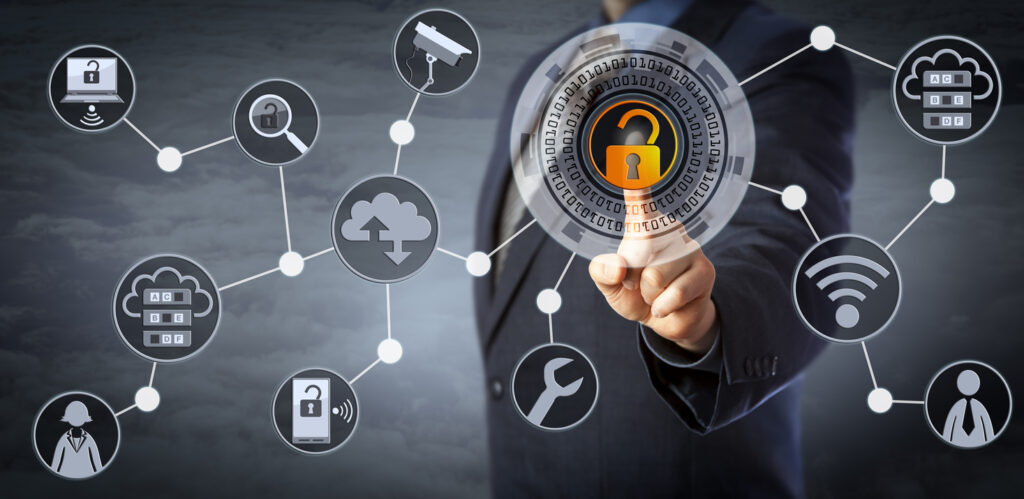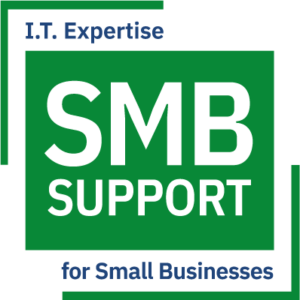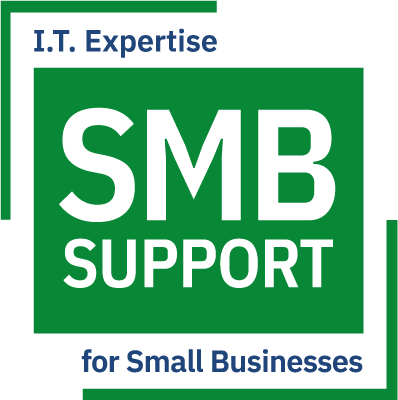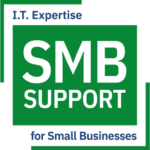
A key component to cybersecurity and compliance for a small business is “access controls”. Access controls is a term for the mix of policies, procedures, and technologies designed to identify and verify users and then proceed to authorize and track actions. Each company has a different set of access controls that tend to evolve over time as the company grows or otherwise changes.
Understanding Access Controls and how to use them at your company to increase cybersecurity protocols and enhance physical safety puts you in the top 10% of management. We are here to help. Let’s dive in.
Why Do Companies Use Access Controls?
Access controls reduce the risk of data breaches and limits insider misuse. On a day-to-day basis, the access controls simplify user management and also improves visibility into what staff member is doing what task. For companies with compliance concerns, access controls support compliance audits.
When Do Companies Use Access Controls?
Access controls are used both in real-time and for specific situations.
- Due to storing and processing sensitive data
- In order to comply with regulations such as HIPPA, GDPR, or SOX
- To protect against inside or external threats
- Some companies mandate verification from every single request (Zero Trust level of security)
Specific situations:
- Onboarding or offboarding an employee
- During migration to the cloud or other server
- When the company wants a “my eyes only” folder
- A way to prevent employees from having the ability to delete a folder
- To enhance security from third-party vendors
The 4 Types of IT Access Control Models:
Role-Based: Role-based is the most common. Each role in a company (IT/Finance/HR/managerial) has specific permissions. SaaS apps like Salesforce and Microsoft 365 are prime examples.
Attribute-Based: Attributes such as role, location, time, or device are used for decision making. Cloud platforms commonly use this access control.
Audit Function: This function monitors and logs authorized and unauthorized actions. Many compliance regulations like HIPPA and GDPR, for example require this. The beauty of this function is that any user and any action is logged and such information can be accessed for reporting. Information from the audit function can also be used in real time to assist in handling a security threat or after a breach to reconstruct the timing and actions taken during the situation.
Mandatory Access: This typeinvolves the enforcement of strict rules based on clearance levels and data classification. High-security sectors, the Government, and Defense agencies utilize this method of access control.
Discretionary Access: Owners of resources control who can access their files or folders. Smaller organizations or shared systems utilize this type of access.
Real World Example: Chemical Supply Company in the NY Region
Here is the scenario: In addition to everyday cybersecurity concerns, there is a need to address multiple compliance issues and address the specter of industrial espionage.
The team needs to:
- Prevent Theft of Data
- Protect competitive advantage/secrecy
- Maintain operations across the planet
- Ensure compliance with GDPR
Role-based is heavily utilized in this scenario, except for the IT Security Team. VPNs are used to accommodate the company’s international staff and locations. Multi-factor authorization (MFA) is employed consistently.
How Different Departments Use Access Controls:
IT Security Team: Admin access to monitor all logins, detect anomalies, and enforce MFA and VPN use.
Chemists: Full access to all scientific information.
HR: Only accessing employee information, salary, and benefits information. Blocked from scientific information.
Marketing Team: Can only access scientific data approved for social media and website content. All other scientific information is hidden.
External Partner (AWS): Can utilize encrypted channels and within time-limited credentials to access anonymized performance analytics.
How A Chemical Company’s Security Protocol Applies to You
Every company has competitors and strives for success. And we all have to protect from security threats–both internal and external. If highly organized cybersecurity protocols are the norm for a large chemical company, they should be the norm for you. It is time for a cybersecurity check for your company. Send an email or call us at 908.895.0273 to schedule a time convenient for you.


